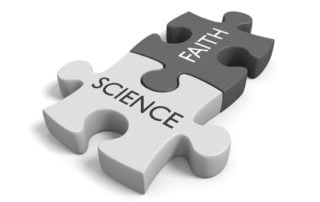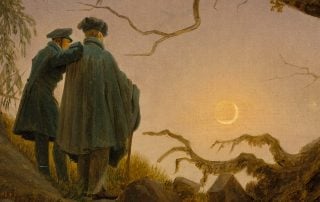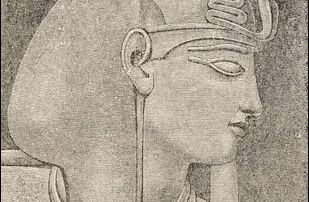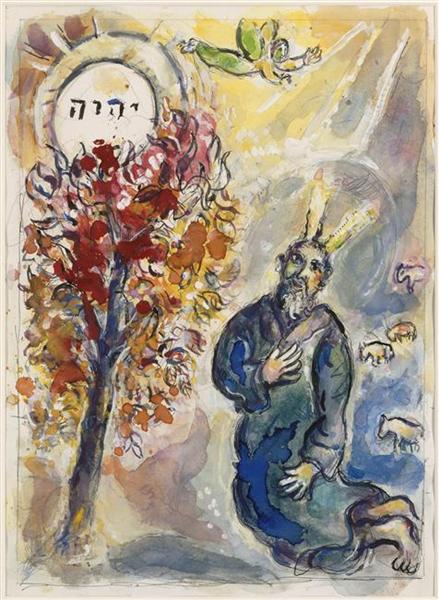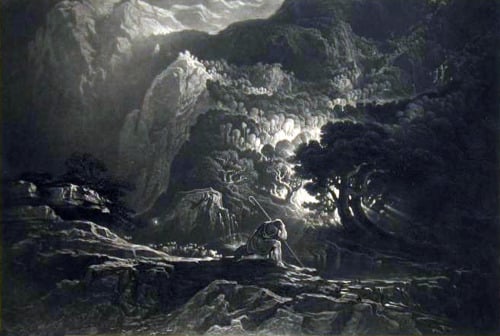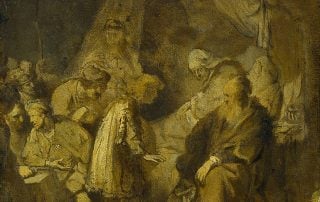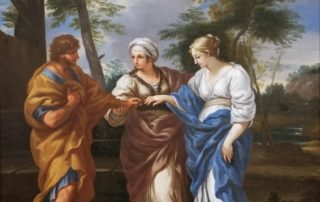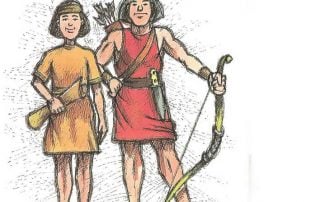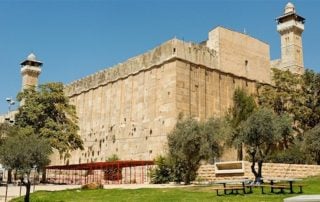Weekly Torah portion
Thou Shall Not Be a Flipper
Reading the Haftorah this Shabbat brought to mind scenes from the 2004 Republican National Convention in Madison Square Garden in New York City where attendees where waving pictures of John Kerry chanting “Flip-flop, flip-flop…” referring to Kerry’s ever changing position on the war in Iraq (“First I voted for it, before I voted against it”) and other political issues. Former Governor of New York State, George Pataki, said there, “This year, we will win one for the Gipper, and they will lose one with the Flipper.” Kerry lost, as flippers usually do. This Haftorah (weekly portion of Prophets read publicly in Synagogues) starts with an astonishing statement of Elyahy Hanavi (Elijah the Prophet), “How long will you waver between two ideas? If the Lord is G‑d, follow Him, and if the Baal, follow him.” (Melachim-I [...]

